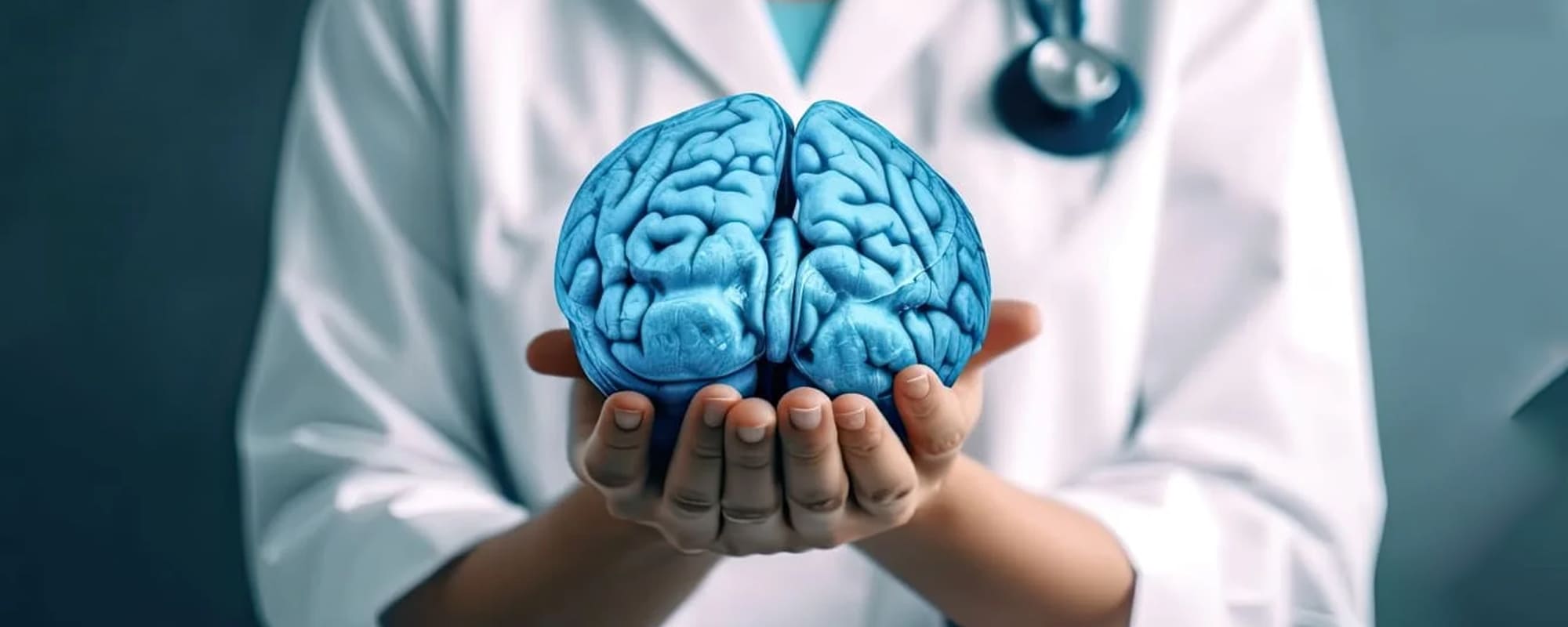PARKINSON'S MOVEMENT DISORDER
Parkinson's disease is a progressive neurological disorder that primarily affects movement. It is characterized by the degeneration of nerve cells in the brain, particularly those responsible for producing dopamine. Dopamine is a neurotransmitter that plays a crucial role in coordinating smooth and controlled muscle movements. As these cells deteriorate, individuals with Parkinson's experience a range of symptoms, including tremors, stiffness, slowness of movement, and impaired balance. The exact cause of Parkinson's disease is not yet fully understood, and there is currently no cure, but various treatments can help manage its symptoms and improve the quality of life for those affected.
Parkinson's Disease: Unraveling the Complexities of Movement Disorders
Parkinson's disease, a chronic and progressive neurological disorder, has a profound impact on an individual's ability to control and coordinate movements. Emerging from the degeneration of dopamine-producing nerve cells in the brain, Parkinson's manifests through a spectrum of motor and non-motor symptoms. These symptoms often include resting tremors, muscle stiffness, bradykinesia (slowness of movement), and postural instability. Beyond its motor aspects, Parkinson's can also give rise to non-motor symptoms, such as cognitive impairment, mood disturbances, and autonomic dysfunction.
Types of Parkinsonism:
-
Idiopathic Parkinson's Disease (IPD): This is the most common form of Parkinson's, where the cause is unknown. It usually occurs sporadically, without a clear genetic or environmental trigger.
-
Secondary Parkinsonism: Resulting from other medical conditions, such as repeated head trauma, stroke, or exposure to certain toxins, secondary parkinsonism mimics the symptoms of Parkinson's disease but has different underlying causes.
-
Drug-Induced Parkinsonism: Some medications, particularly antipsychotics and certain antiemetics, can induce parkinsonian symptoms as a side effect.
-
Vascular Parkinsonism: Caused by insufficient blood flow to the brain, this type of parkinsonism may present with symptoms similar to those of Parkinson's disease.
-
Atypical Parkinsonism or Parkinson-Plus Syndromes: This group includes disorders like Multiple System Atrophy (MSA), Progressive Supranuclear Palsy (PSP), and Corticobasal Degeneration (CBD), which share some features with Parkinson's but have distinct clinical and pathological characteristics.
Current Treatment Approaches:
While there is no cure for Parkinson's disease, various treatment modalities aim to alleviate symptoms and enhance patients' quality of life. Medications like levodopa, dopamine agonists, and MAO-B inhibitors are commonly prescribed to manage motor symptoms. Physical therapy, occupational therapy, and speech therapy can help individuals maintain functional abilities and improve communication skills. Deep Brain Stimulation (DBS) surgery is another option for those with advanced Parkinson's who do not respond adequately to medications.
Ongoing Research and Hope for the Future:
Researchers are actively exploring new therapeutic avenues, including gene therapies, neuroprotective agents, and stem cell transplantation, in the quest for a more comprehensive understanding and effective treatment of Parkinson's disease. Early diagnosis and intervention continue to be crucial in managing the disease, offering hope for improved outcomes and a better quality of life for those affected by this challenging neurological disorder.

.jpg)







